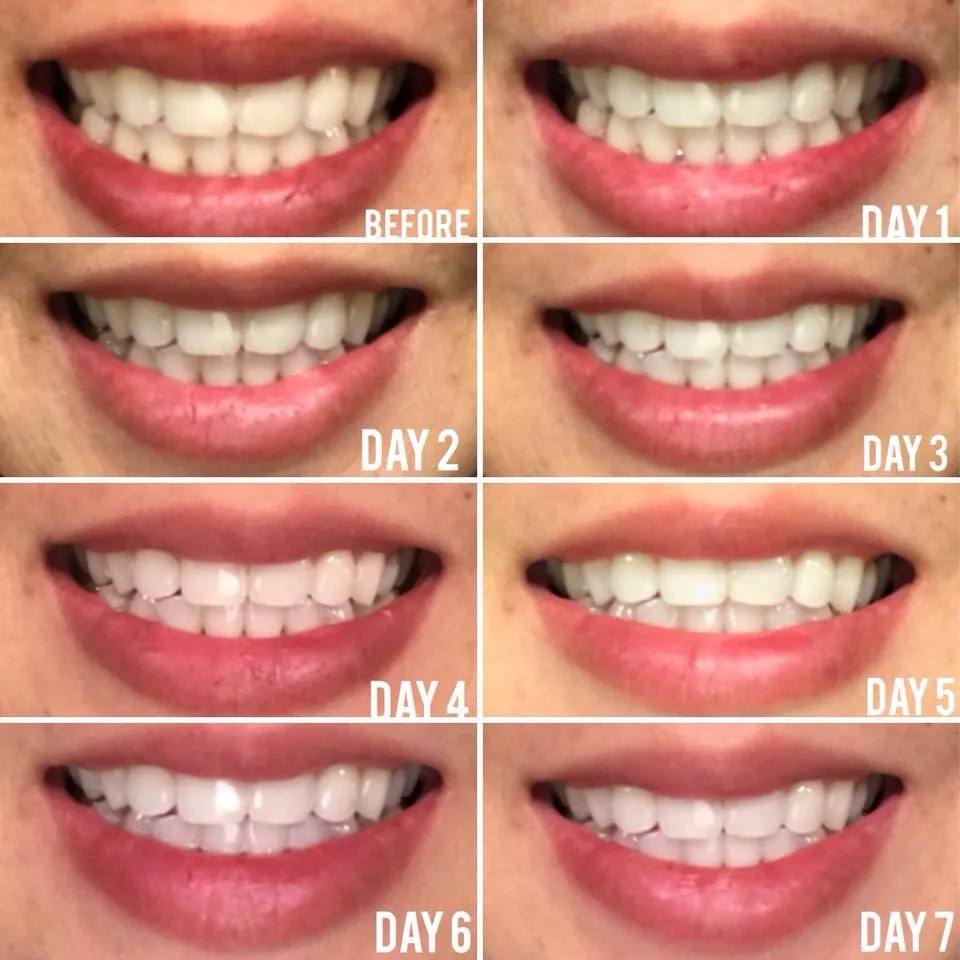What Causes Toothache After Whitening Strips?
Experiencing toothache after using whitening strips is a common concern, and understanding the underlying causes is essential for effective management and prevention. Several factors can contribute to this discomfort, ranging from the sensitivity of your teeth to pre-existing dental conditions and even the way you use the whitening strips. The active ingredients in these strips, typically hydrogen peroxide or carbamide peroxide, are designed to penetrate the enamel and break down stain molecules. However, this process can sometimes irritate the underlying tissues, leading to pain. Understanding the specific mechanisms at play will help you address the issue properly and maintain a healthy, bright smile. This article will explore the top five causes of toothache after whitening strips, providing insights and practical advice to minimize discomfort and achieve the desired results.
Sensitivity to Whitening Agents
The most immediate cause of toothache after using whitening strips is the sensitivity induced by the whitening agents themselves. Hydrogen peroxide and carbamide peroxide, the active ingredients, are potent oxidizing agents. As they work to whiten the teeth, they can also irritate the nerve endings within the teeth. This irritation can manifest as a sharp, shooting pain, or a more dull, throbbing ache, especially when consuming hot or cold foods and drinks. The intensity of the sensitivity varies from person to person, with some experiencing only mild discomfort while others face significant pain. This sensitivity is often temporary, subsiding once the treatment is stopped or the teeth adjust to the process. However, if the pain is severe or prolonged, it is crucial to take steps to alleviate the symptoms and evaluate the underlying factors contributing to the sensitivity.
How Whitening Strips Cause Sensitivity
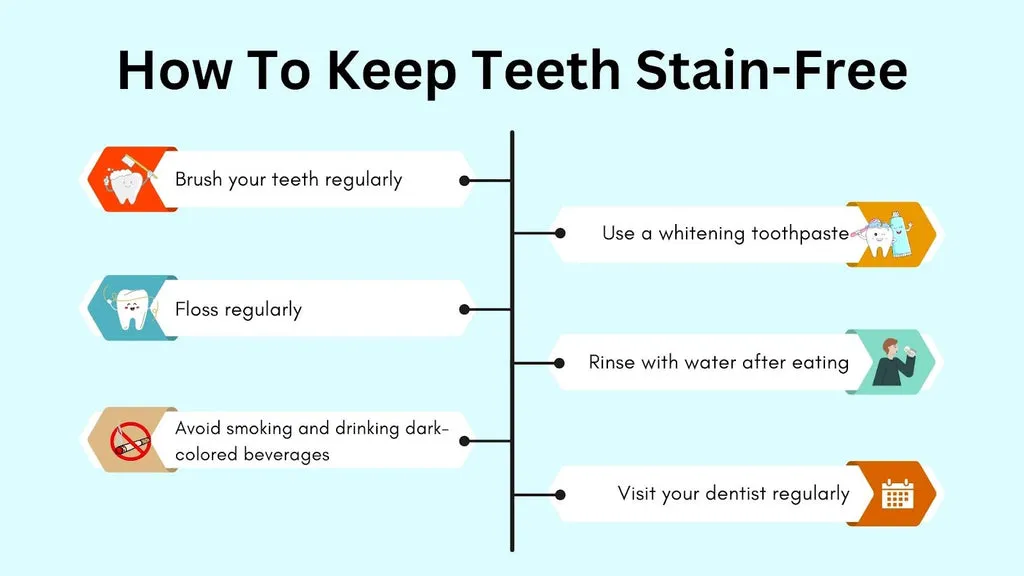
Whitening strips cause sensitivity through the action of their active ingredients on the porous structure of the enamel. Peroxide-based whiteners penetrate the enamel to reach the dentin, the layer beneath, where staining molecules reside. This process can stimulate the nerve endings in the dentin, which can lead to a temporary increase in tooth sensitivity. In addition, the dehydration of the tooth enamel during the whitening process can also contribute to sensitivity. When the enamel loses moisture, the dentinal tubules, tiny channels that lead to the nerve, become more exposed, making the teeth more susceptible to external stimuli. The concentration of the whitening agent, the duration of application, and the frequency of use can all influence the degree of sensitivity experienced. Understanding how these factors affect your teeth can help you adjust your whitening routine to minimize discomfort while maximizing the whitening results.
The Role of Enamel Erosion
Enamel erosion can also increase sensitivity and contribute to toothache after using whitening strips. While the whitening agents themselves can cause irritation, if the enamel is already compromised, the sensitivity will likely be more intense. Enamel erosion can be caused by a variety of factors, including the consumption of acidic foods and drinks, aggressive brushing, and certain medical conditions like gastroesophageal reflux disease (GERD). When the enamel is thin or damaged, the dentin underneath becomes more exposed, leading to increased sensitivity and a higher risk of toothache. In such cases, the whitening agents can penetrate the tooth more easily, leading to a greater potential for discomfort. Protecting and strengthening your enamel is therefore essential for minimizing the adverse effects of whitening treatments. This might involve adjusting your diet, using a soft-bristled toothbrush, and consulting with your dentist for professional advice and treatment.
Gum Irritation and Its Impact
Gum irritation is another significant factor that can lead to toothache after using whitening strips. The chemicals in the strips, when they come into contact with the gums, can cause inflammation and irritation. This can result in pain, swelling, and even bleeding. The gums are very sensitive tissues, and they can be easily affected by the whitening agents if not properly protected. Furthermore, if the strips are not applied correctly, they may overlap onto the gums, increasing the risk of irritation. This can lead to a cascading effect, where the inflamed gums contribute to overall oral discomfort and heightened tooth sensitivity. It’s important to minimize contact between the strips and the gums during application to help reduce the risk of this side effect. In the event of gum irritation, stopping the whitening treatment and consulting with a dentist is the best course of action to prevent any further complications.
The Link Between Gum Irritation and Toothache
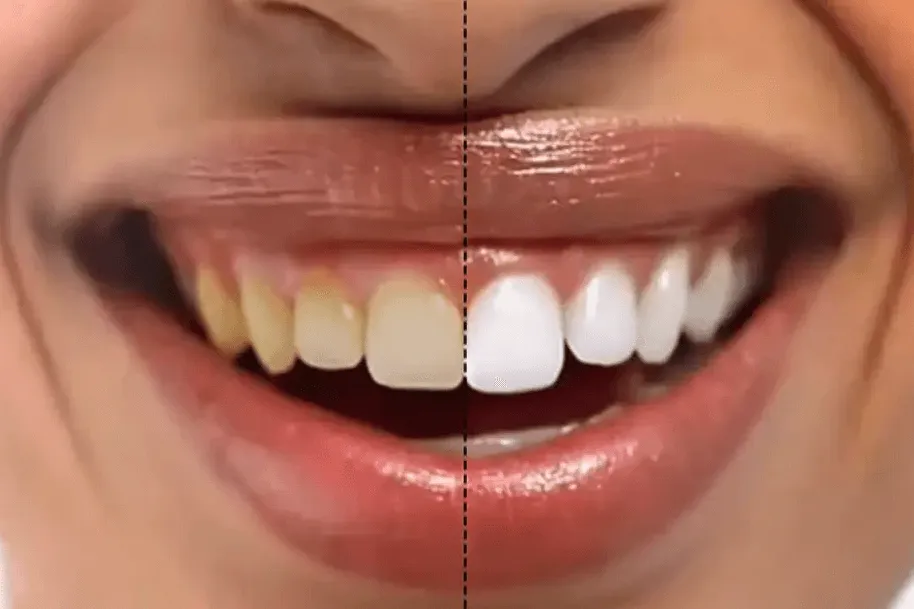
There is a direct link between gum irritation and toothache after using whitening strips. When the gums are inflamed, they can put pressure on the teeth, leading to increased sensitivity. The inflammation can also make the teeth more vulnerable to external stimuli, like temperature changes, which can cause pain. In addition, gum irritation can disrupt the natural protective barrier around the teeth, allowing the whitening agents to penetrate more easily. This can further amplify sensitivity and cause toothache. The nerves in the gums and the teeth are closely connected, so any inflammation in the gums can easily translate into tooth pain. This is why preventing and treating gum irritation is crucial for minimizing the risk of toothache when using whitening strips. Taking extra care during application, using gentle oral hygiene practices, and seeking professional dental care can help address and mitigate these issues effectively.
Pre-existing Dental Conditions
Pre-existing dental conditions can significantly increase the likelihood of toothache after using whitening strips. Conditions like cavities, cracked teeth, and receding gums can make your teeth more sensitive and susceptible to irritation. When the enamel is already compromised, the whitening agents can easily penetrate the tooth and irritate the underlying nerves. This can result in heightened sensitivity and discomfort. It’s therefore essential to address any pre-existing dental issues before starting a teeth whitening regimen. If you are aware of any dental problems, such as small cracks or areas of decay, your dentist can evaluate your teeth and provide recommendations before you move forward with whitening strips. Proper dental care and treatment prior to whitening can protect your teeth and gums, ensuring the whitening experience is as comfortable and effective as possible. Ignoring existing problems can make your toothache worse and potentially lead to more significant dental complications.
Undiagnosed Cavities and Toothache
Undiagnosed cavities are a common cause of toothache exacerbated by whitening strips. A cavity is a hole in the tooth caused by decay, and if this decay reaches the nerve, it will lead to toothache. The whitening agents in the strips can penetrate the cavity, further irritating the nerve and intensifying the pain. This can be especially true with the use of whitening strips because the active ingredients might come into direct contact with the exposed nerve endings. Often, people are unaware that they have a cavity until they start experiencing pain. Therefore, it’s critical to have regular dental check-ups to detect and treat cavities early. Your dentist can fill these cavities before they become a source of major discomfort when using whitening strips. This preventative approach ensures a more comfortable experience and promotes good oral health.
Cracked or Chipped Teeth as a Cause
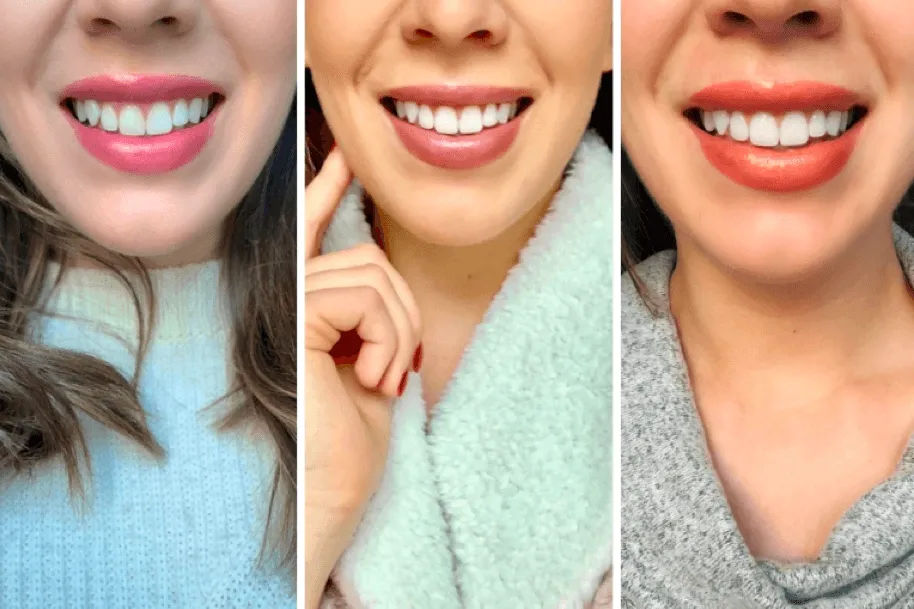
Cracked or chipped teeth can also be a major factor contributing to toothache after using whitening strips. Cracks and chips in the enamel create pathways for the whitening agents to reach the sensitive inner layers of the tooth, including the dentin and the pulp, where the nerve resides. Even small cracks can allow the chemicals to penetrate and cause significant irritation. The severity of the toothache can vary depending on the size and depth of the crack or chip, but any compromise to the tooth’s protective outer layer can lead to increased sensitivity. If you have cracked or chipped teeth, the best approach is to have them treated by a dentist before you consider using whitening strips. Your dentist can evaluate the damage and recommend treatments, such as fillings or crowns, to repair the affected areas and protect the tooth from further damage and discomfort. This proactive approach will provide you with a more comfortable and effective teeth whitening experience.
Improper Whitening Strip Usage
Incorrect usage of whitening strips can significantly contribute to toothache. There are specific guidelines for application, duration, and frequency, and not following them can lead to increased sensitivity and discomfort. Misapplication includes leaving the strips on for too long, using too many strips in a short period, or not applying them correctly. The chemicals in the strips, if left on too long, can cause increased irritation of the enamel and the gums. Similarly, using the strips too often can also overwhelm your teeth. Proper usage helps to ensure that the teeth are exposed to the whitening agents for only the recommended amount of time, minimizing the risk of irritation and ensuring a more comfortable experience. Carefully following the instructions on the package and consulting with your dentist will help guide you in using the strips correctly and achieving the desired results without unnecessary discomfort.
Incorrect Application Techniques
Incorrect application techniques can also contribute to toothache after whitening strips. It’s essential to apply the strips correctly to ensure they make proper contact with the teeth and minimize contact with the gums. Incorrect application might involve folding the strips incorrectly, not aligning them properly, or allowing them to overlap the gums. If the strips are not properly aligned, they may not whiten the teeth evenly, leading to inconsistent results. More importantly, any contact with the gums can cause irritation. When the whitening agents come into contact with the gums, they can cause inflammation, resulting in pain and sensitivity. To avoid these issues, carefully follow the application instructions. Before applying the strips, brush your teeth gently, then dry them with a tissue. Align the strips carefully along the gum line and avoid letting them touch the gums. After the recommended time, remove the strips carefully and rinse your mouth. Using these techniques can make the experience a lot more comfortable and effective.
Overuse of Whitening Strips

Overuse of whitening strips is a common mistake that leads to toothache. Using the strips more frequently than recommended can overwhelm the teeth and increase sensitivity. Even if you are following the application instructions, overuse can still cause discomfort. Overusing whitening strips gives the active ingredients too much time to interact with your teeth, causing more enamel irritation and potentially leading to toothache. The recommended frequency of use depends on the product’s strength, but typically, you should not use whitening strips more than once or twice a day, and usually not for more than 14 days consecutively. The frequency and duration of the treatment should be adhered to strictly. If you are experiencing discomfort, it is a good idea to reduce the frequency of use or consult with your dentist. Giving your teeth enough time to recover between whitening sessions is crucial for minimizing sensitivity and maintaining healthy teeth.
Finding Relief and Prevention
If you are experiencing toothache after using whitening strips, there are several steps you can take to find relief and prevent further discomfort. First and foremost, it’s essential to stop using the whitening strips until the sensitivity subsides. Reduce the frequency of your usage. Consider using a toothpaste designed for sensitive teeth. This type of toothpaste contains ingredients that help block the dentinal tubules, reducing the flow of fluids that cause pain. Also, avoid foods and beverages that can trigger sensitivity, such as hot or cold drinks, and acidic foods. If the pain persists or becomes severe, consult your dentist for professional advice. Your dentist may recommend specific treatments, such as fluoride treatments or desensitizing agents, to help reduce sensitivity. Moreover, always follow the manufacturer’s instructions carefully and don’t overuse whitening strips. Prevention is key, and taking these steps will help you achieve a brighter smile without unnecessary discomfort.
Choosing the Right Whitening Products
Choosing the right whitening products is crucial for preventing toothache and maximizing your whitening results. Not all products are created equal, and the concentration of active ingredients and the formulation can significantly impact the level of sensitivity you experience. If you have sensitive teeth, consider using whitening strips with a lower concentration of hydrogen peroxide or carbamide peroxide. Look for products that contain desensitizing agents, such as potassium nitrate, which can help block the nerve endings in your teeth and reduce pain. Another option is to consult your dentist for a professional whitening treatment. Dentists can offer customized treatments with controlled concentrations of whitening agents, often minimizing the risk of sensitivity. Read the product labels carefully and follow the instructions closely. If you are uncertain about which product is best for you, consult your dentist. The right choice can help you achieve the smile you want with less discomfort and a healthier outcome for your teeth.
Consulting Your Dentist for Guidance
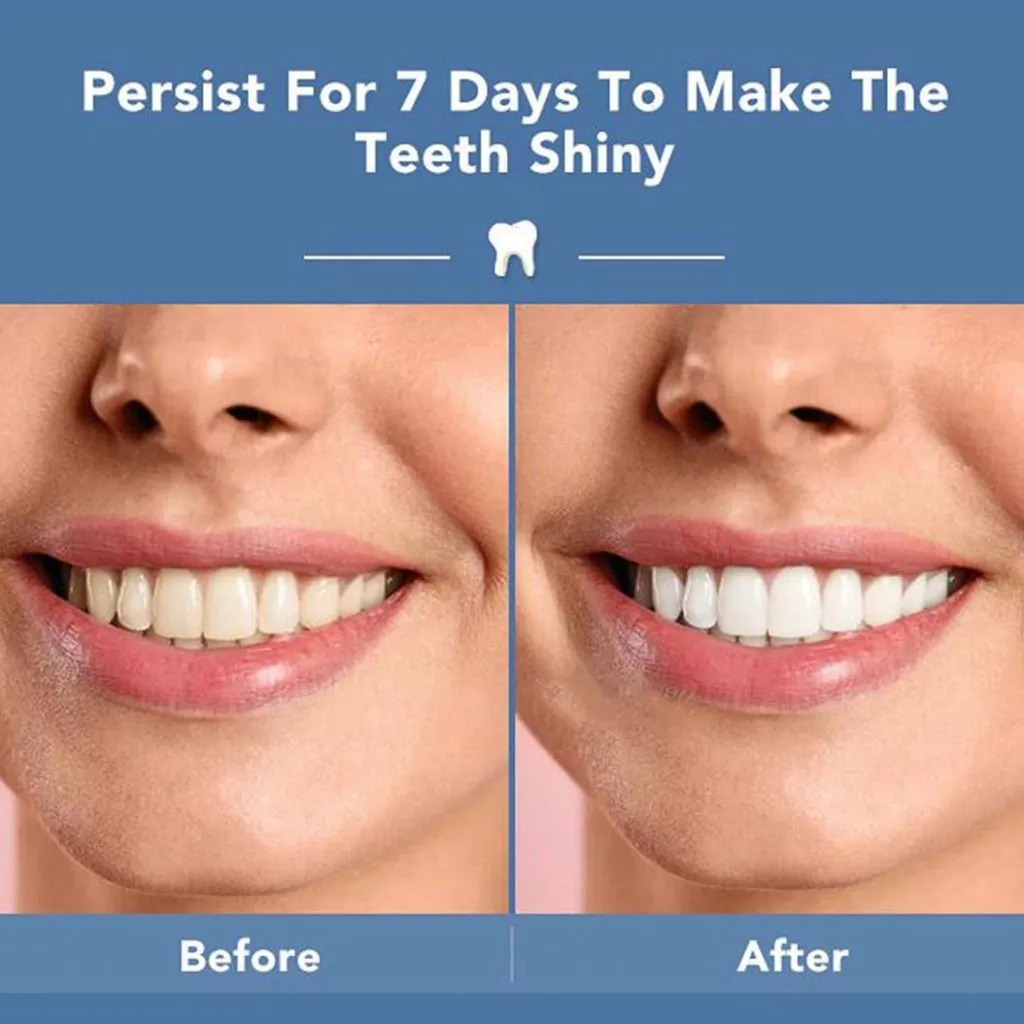
Consulting your dentist for guidance is an important step in preventing and managing toothache after using whitening strips. Your dentist can assess the health of your teeth and gums and identify any pre-existing conditions that might make you more susceptible to sensitivity. They can provide personalized recommendations on the safest and most effective whitening options for your specific needs. Your dentist can also recommend or prescribe desensitizing agents, such as high-fluoride toothpaste or professional fluoride treatments. They can evaluate your teeth for any underlying problems, such as cavities or cracked teeth, that need to be addressed before you start whitening. Furthermore, your dentist can show you how to properly apply whitening strips to reduce the risk of gum irritation. Regular dental check-ups are an essential part of your oral health routine, and they can provide valuable insights into your teeth whitening process. If you’re experiencing toothache after using whitening strips, don’t hesitate to seek professional advice from your dentist. They can help you achieve the smile you desire with the least amount of discomfort.
